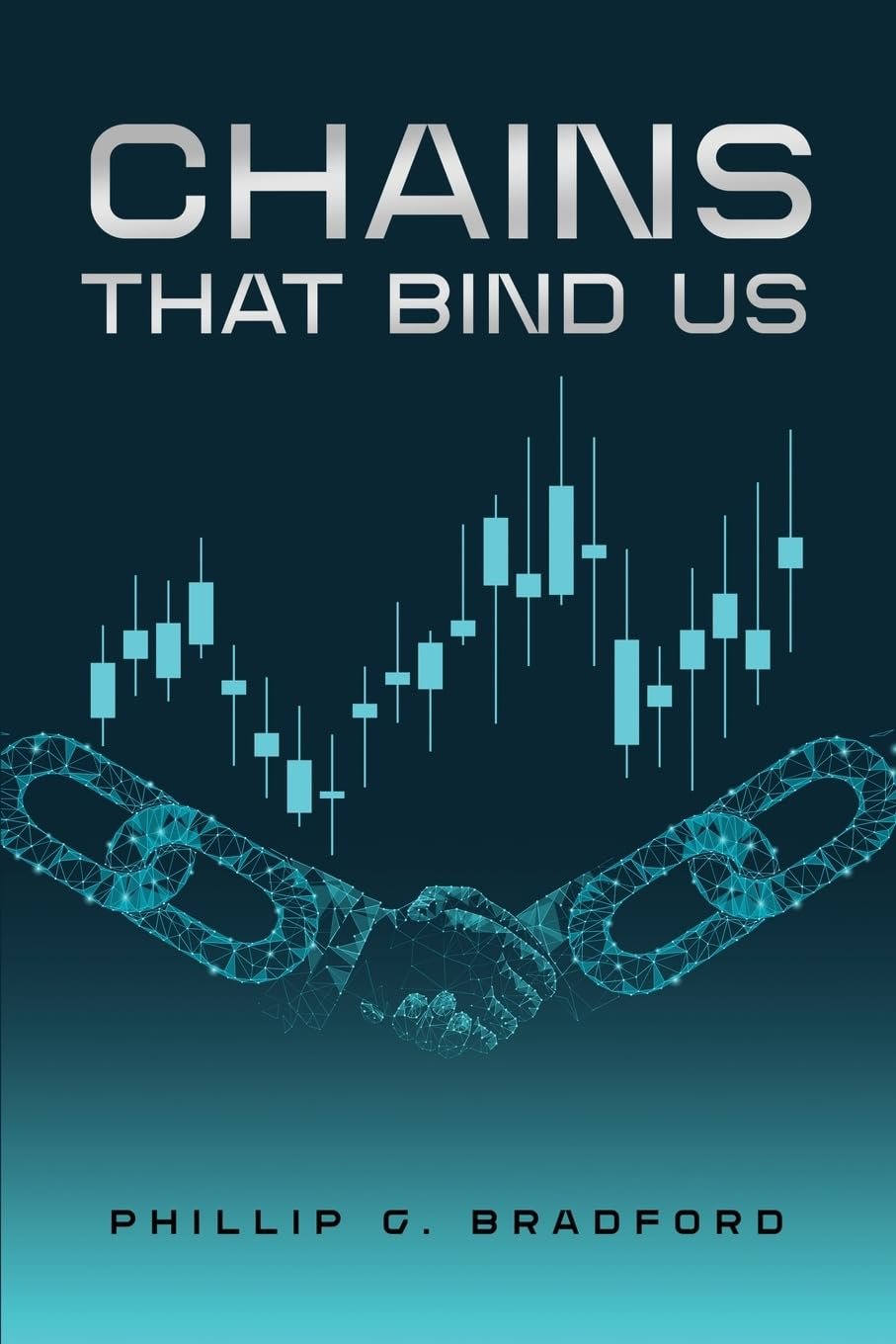
Blockchains are public ledgers revolutionizing financial transactions, particularly with cryptocurrencies. These distributed computing systems leverage cryptography to achieve distributed collaboration that builds trust in a peer-to-peer fashion without a trusted third party like a bank.
Imagine a giant digital record book accessible to everyone, where every financial transaction is meticulously documented and tamper-proof. That’s the essence of a blockchain. Information is stored in chronologically linked blocks, forming an immutable record. This distributed ledger eliminates the need for a central authority to verify transactions, fostering trust and transparency.
But how do blockchains reach an agreement on the validity of transactions?
This is where consensus mechanisms come in. Proof of work, a popular method Bitcoin uses, involves miners solving complex mathematical problems to validate transactions. These miners are rewarded with cryptocurrency for their efforts, incentivizing them to maintain the network’s integrity.
Cryptocurrencies like Bitcoin and Ethereum are the most well-known applications of blockchain technology. These digital currencies operate independently of central banks, enabling peer-to-peer financial transactions without geographical or political limitations.
Cryptocurrencies boast several advantages:
Enhanced Security: Blockchain’s cryptography ensures secure and tamper-proof transactions, reducing the risk of fraud.
Transparency in Action: All transactions are publicly verifiable, fostering trust and accountability within the financial system.
Decentralized Power: No single entity controls the network, mitigating the risk of manipulation by a central authority.
Potential for Efficiency: Transactions can be faster and cheaper than traditional financial systems.
The transformative power of blockchains extends beyond cryptocurrencies. Blockchains function as public ledgers for recording transactions—that represent assets and money, similar to traditional ledgers used by organizations. These ledgers are publicly verifiable in many blockchains, although specific transaction information might be encrypted for privacy. This allows the transaction owner to control who sees what details.
Traditionally, ledgers are private to protect an organization’s competitive edge. However, public ledgers offer transparency, improving trust in financial systems.
Moreover, money plays a multifaceted role, characterized by its primary uses: medium of exchange, unit of account, and store of value. Cryptocurrencies focus on many of these properties. Currently, Bitcoin is the most valuable cryptocurrency, influencing the entire cryptocurrency landscape. Blockchains owe a significant debt to Bitcoin’s innovation.
Traditional financial networks are closed and secured, often using cryptography for privacy and confidentiality. Blockchains, however, introduce peer-to-peer autonomous transfer and validation, similar to traditional physical currencies.
However, cryptocurrencies face challenges, including price volatility, scalability issues, and regulations uncertainties.
One key challenge with digital currencies is preventing double spending, the act of spending the same digital asset twice. Paper notes have physical properties to ensure validity, but digital assets can be easily copied. Blockchains implement safeguards to prevent this, providing each cryptocurrency unit can only be spent once.
Cryptocurrencies are a form of money whose properties are ensured by cryptography rather than laws or physical properties. While conventional systems rely on closed networks and intermediaries for security, blockchains leverage open, distributed networks for peer-to-peer validation. This eliminates the need for a trusted third party, a radical departure from traditional financial systems.
Trusted third parties, like central banks, traditionally manage money supplies, design and issue currencies, and act as regulators. Blockchains eliminate this single point of control and potential failure. Instead, miners who support the blockchain network earn seigniorage (the difference between the cost of minting money and its face value) through proof-of-work mechanisms. This seigniorage becomes distributed throughout the blockchain economy.
To sum it up. Blockchains offer significant technological and economic advancements. They introduce popular global cryptocurrencies that contribute to the economy by altering the seigniorage model, with miners earning rewards for maintaining the network.
Want to know more about blockchain technology? “Chains That Bind Us” is all you need.
“Chains That Bind Us” is a comprehensive guidebook that offers a unique blend of theory and practice to help you understand the core principles of blockchain systems, explore the economic revolution driven by cryptocurrencies, and gain hands-on experience through engaging exercises using affordable tools. By giving you the knowledge and abilities to comprehend this ground-breaking technology and put it into practice, this book will enable you to move from being a passive observer to an active participant in the future of finance and beyond. From tech novices to seasoned computer scientists, this book is all you need to step into the world of blockchains. Get your copy on Amazon:https://www.amazon.com/dp/1917007884/
